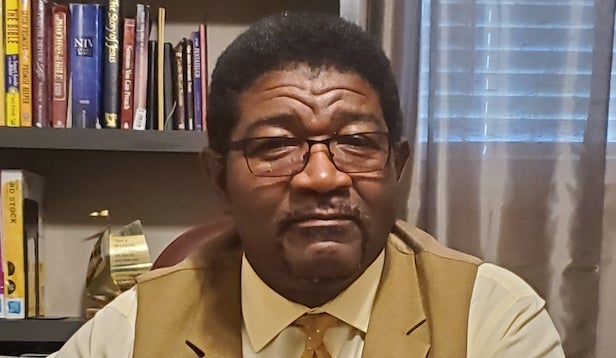Glyphosate fact or fiction?
Published 2:12 pm Monday, July 13, 2020
|
Getting your Trinity Audio player ready...
|
I have taken several calls over the course of the last year in which folks tell me they are afraid of Round-up (or other products with the active ingredient glyphosate). Over the same year, I have attended multiple talks, both in person and virtually, that discuss the “science” behind these court cases. There was a talk this week for advanced education of N.C. State Extension Master Gardener volunteers led by Dr. Joe Neal, professor of weed science and extension specialist. He put a talk together titled: “Glyphosate: Can we separate fact and fiction? And, how do we control weeds without it?”
Neal did an amazing job explaining the facts and fiction surrounding the product and the court cases. He discussed the science behind the World Health Organization’s International Agency for Research on cancer finding that glyphosate is “probably carcinogenic to humans” while another division of WHO, the Joint FAO/WHO Meeting on Pesticide Residues concluded that “glyphosate is unlikely to pose a carcinogenic risk to humans … .” In fact, no other major national regulatory agency in the world classifies glyphosate as a probable carcinogen. He went into detail about how New Zealand’s Ministry for Primary Industry took this a step further in showing the difference between a hazard assessment and a risk assessment. The other parts of the discussion concerned the food levels of glyphosate, risk assessment, personal protective equipment, pesticide safety classification for conventional and organic pesticides, and alternatives that are available in place of glyphosate.
A hazard assessment tests the possibility of danger. Picture a busy street in a city that never stops: would you cross the street with cars coming? There is a good chance you will get hurt. The cars are a hazard. Does this mean that we should outlaw all cars? Now, would you cross if the light indicates it is safe to cross? That light telling you to go is your personal protection equipment. This minimizes the hazard.
Risk, on the other hand, is a factor of hazard times exposure. We have the hazard, but what is the likely exposure to the hazard if you are using your PPE and following the label for the product? By the way, fun fact, the LD50 (lethal dose, given all at once, in 50% of test subjects, expressed in mg/kg of body weight) of glyphosate is 5600 mg/kg, the LD50 for caffeine is 200 mg/kg. I hope you aren’t reading this while drinking your morning dose of caffeine.
Inevitably, every last one of these discussions then turns towards residue in foods. Is there glyphosate residue in our foods? Yes. Is it dangerous and is it going to cause cancer in all of us? Studies are done on this subject as well. The Environmental Protection Agency calls it the NOAEL — No Observed Adverse Effect Level. They find this level through scientific study and then add a 100-fold safety factor to it to define the level at which chronic exposure over a prolonged period may result in adverse effects. Using this factor, a 175-pound person would have to consume 2,285,714 carrots per day for a period of two years to reach the threshold. Don’t eat carrots, how about 3,389,831 bananas per day for two years? Not a fruit or vegetable fan? How about 12,454, 12-ounce beers per day for a period of two years?
Now, I say all of this to get to the nuts and bolts of this thing: no matter what the chemical, we need to be using it correctly. Are there hazards? Absolutely. Are there risks? You bet. How do we minimize our exposure and therefore lessen the risk of the hazards? Use your PPE and read the chemical’s label entirely. Wear waterproof gloves and shoes with long pants. Wash your PPE according to instructions. This really goes back to common sense: does it matter if a gun is loaded or not? Always treat a gun as if it was loaded; always treat one of these chemicals as if it were a loaded gun!
Do you want to go organic? OMRI-approved herbicide chemicals carry warning labels too. You must still read the label and take the proper precautions using correct PPE and application procedures. N.C. State has resources for you too including a factsheet for glyphosate alternatives at content.ces.ncsu.edu/are-there-alternatives-to-glyphosate-for-weed-control-in-landscapes.
You can get more information on glyphosate and other chemicals by visiting the NCSU Weed Management Portal at weeds.ces.ncsu.edu. This site is a wealth of information that contains factsheets on herbicides, damage factsheets, weed ID and management resources. Get the facts and make an informed decision about what you want to do and how you want to do it.
If you would like to learn more or have a specific question, call the Extension Center near you for more information. The Master Gardener Hotline is open in the Beaufort County Center from 10 a.m. to noon Mondays and Wednesdays. If you have other questions or concerns involving horticulture, email gene_fox@ncsu.edu or call me at 252-946-0111.
Gene Fox is the area consumer horticulture agent with North Carolina Cooperative Extension.





